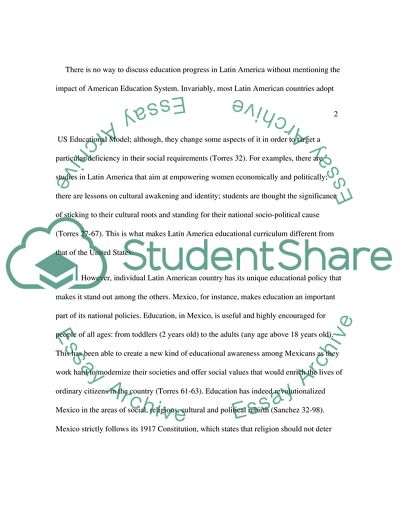Cite this document
(Education in Latin America Research Paper Example | Topics and Well Written Essays - 2500 words, n.d.)
Education in Latin America Research Paper Example | Topics and Well Written Essays - 2500 words. Retrieved from https://studentshare.org/education/1736356-education-in-latin-america
Education in Latin America Research Paper Example | Topics and Well Written Essays - 2500 words. Retrieved from https://studentshare.org/education/1736356-education-in-latin-america
(Education in Latin America Research Paper Example | Topics and Well Written Essays - 2500 Words)
Education in Latin America Research Paper Example | Topics and Well Written Essays - 2500 Words. https://studentshare.org/education/1736356-education-in-latin-america.
Education in Latin America Research Paper Example | Topics and Well Written Essays - 2500 Words. https://studentshare.org/education/1736356-education-in-latin-america.
“Education in Latin America Research Paper Example | Topics and Well Written Essays - 2500 Words”, n.d. https://studentshare.org/education/1736356-education-in-latin-america.


